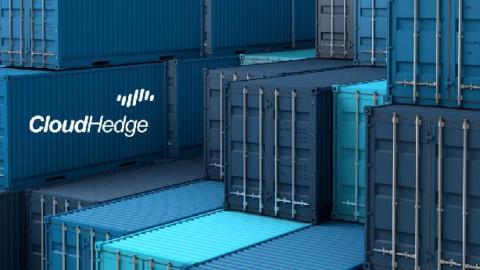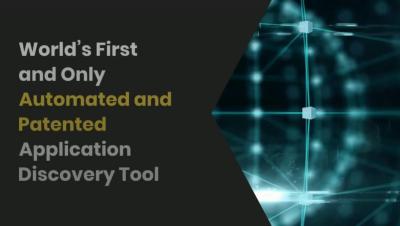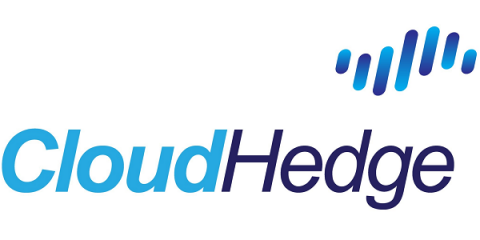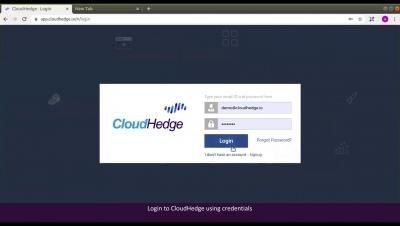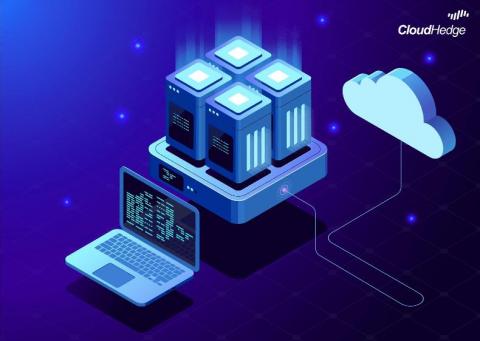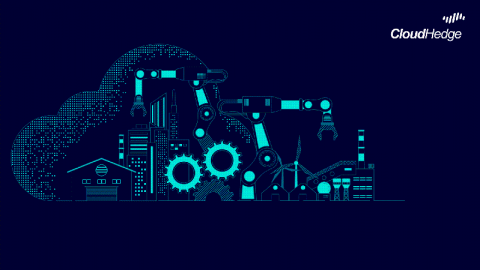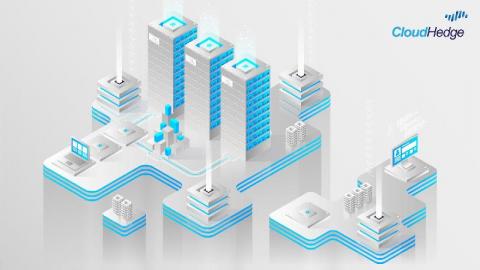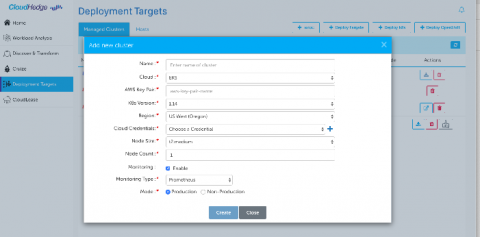Container Technology - A Quick Introduction
Containers, the biggest innovation in the shipping industry, have standardized dimensions so that they can be loaded and unloaded, stacked, transported efficiently over long distances, and transferred from one mode of transport to another. Taking a cue from this, think of a server as a ship and an application as a crate. A couple of decades ago, only one app could be deployed on one operating system meaning, a single crate on a single ship.


